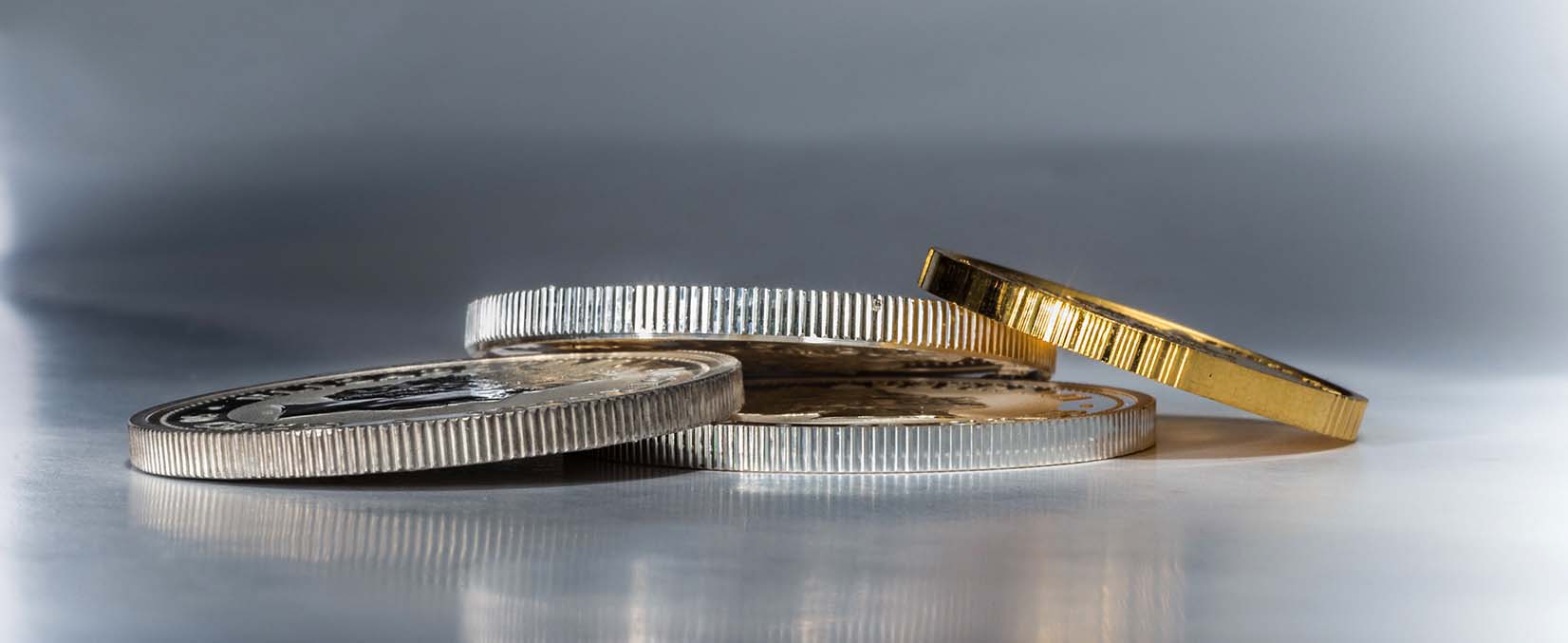Call us for your Free Physical Brochures

Call us for
your Free Physical Brochures:
877-588-8886
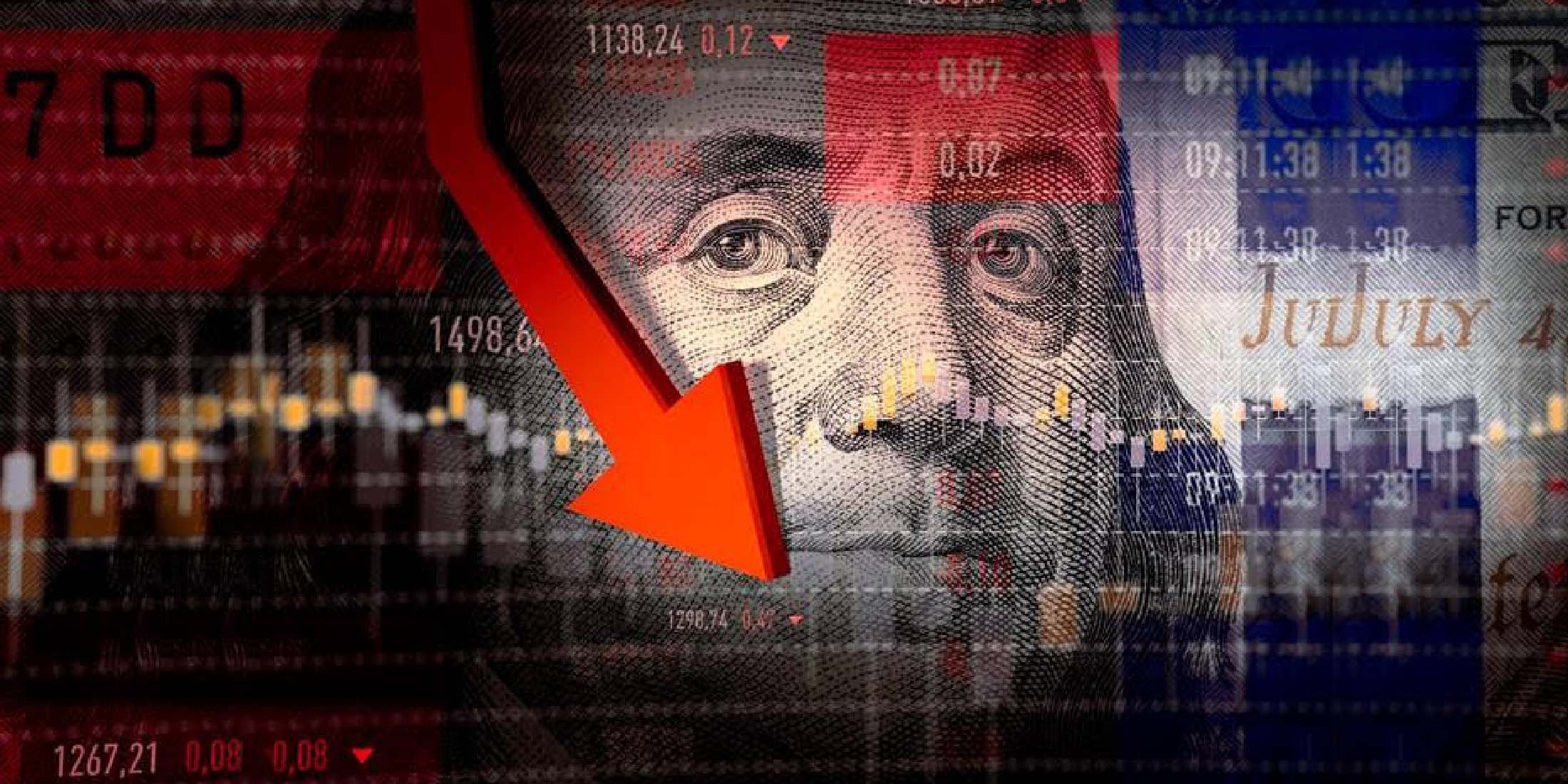

There are many advantages to owning gold. Adding a gold component to your portfolio can considerably reduce your overall portfolio volatility, create a hedge against economic downturn, and add a tremendous opportunity for gain.
For an individual planning for retirement, whether you are considering investing in gold for small savings or a more substantial long-term investment, buying gold into a self-directed IRA can help protect your wealth and can increase risk-adjusted returns. Having a modest amount of gold within a balanced retirement investment portfolio can potentially reduce the overall risk of the portfolio, helping to protect against downturns in the stock market.
Precious Metals have become more accessible to retirement individuals, due to the development of a wide range of investment products, such as a Precious Metals IRA, which individuals can include in their retirement retirement portfolio. The diversity of a retirement investment plan with a precious metal IRA that includes IRS approved precious metal products (such as gold, silver, platinum, and palladium) means that precious metals can be used to enhance and create a wider variety of individual investment strategies and risk tolerances.
At Vault Metal, we feel that having a self-directed IRA backed by IRS approved precious metals (coins, bullion and bars and other approved precious metal products) would be a sound diversification to anyone's retirement portfolio.
The Difference Between
With so many variables to consider when it comes to Precious Metals investing, how can we choose what is best to invest in? Is it exchange traded funds (ETFs), mining stocks, or physical gold?
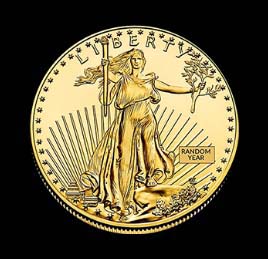
Physical Gold
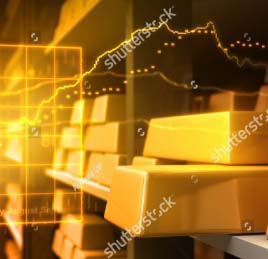
Precious Metals Stocks

Precious Metal ETFs
Gold Stocks
Gold stocks [mining stocks] generally include stocks and mutual funds comprised of companies that prospect, mine, extract, and refine physical gold and silver.
Often referred to as "paper gold", gold stocks are similar to any other stock you would buy—at the end of the day, you are simply betting on a company's management and its ability to succeed and deliver consistent growth and profits. As with any company whose stock is publicly traded, there are many moving parts and potential pitfalls, which can expose investors to varying degrees of counterparty risk.
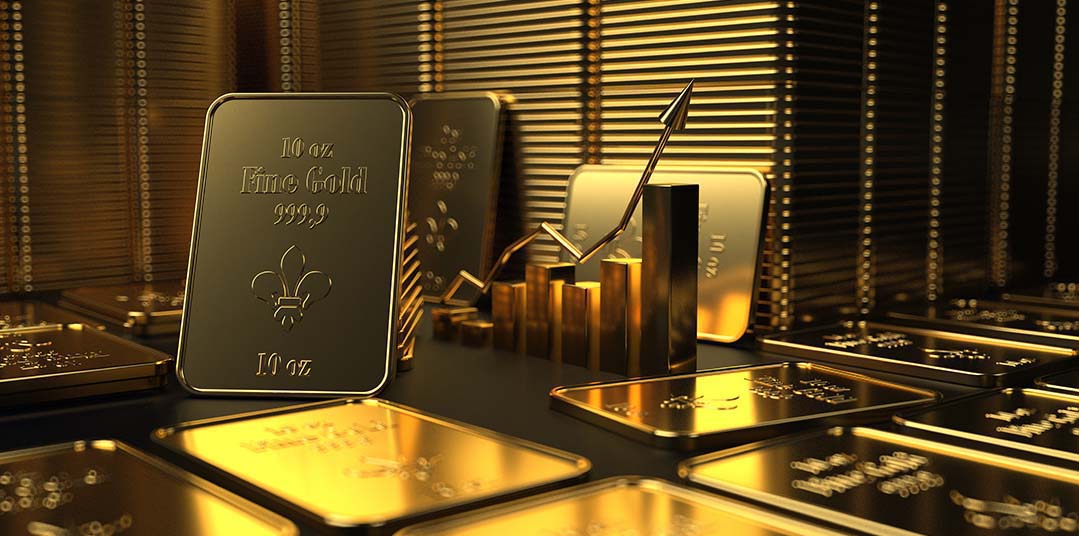
If the price of gold goes up, but the costs associated with running a mining company also increases, that company's stock price could actually drop in value. Also, should the integrity of the company itself be compromised, their share price could be significantly impacted.
The values of exploration companies' shares reflect those companies' management, efficiencies, and their ability to find gold. They are not a simple reflection of the actual gold price, nor do you have any claim to the physical or silver. Simply put, the gold and silver that is mined will eventually belong to someone else.
Investing in individual stocks takes a lot of careful preparation, study, and research that is entirely detached from the analyses of the overall gold market.
We always recommend you do your own research and consult with a registered financial advisor before making any investments in the stock market, gold stocks, ETFs or other derivatives of Precious Metals.
ETFS
Investors looking to invest in gold and silver have several choices, and each is notably different. They can directly purchase the physical asset, they can purchase shares of an ETF (mutual or exchange-traded fund), which claim to be a substitute for the physical, or they can invest in gold stocks.
So how do you choose whether to invest in physical Gold and Silver, ETF's (mutual or exchange traded funds), or gold stocks? We take a look below…
Gold ETFs and physical gold are quite different investments. Physical gold is a hard asset, whereas gold ETFs [paper gold] are a Wall Street financial product, which promises "price tracking". Contrary to popular opinion, GLD does not buy and sell gold. It creates and redeems paper shares in the company.
The GLD prospectus states: "GLD represents fractional, undivided interest in the Trust." When you invest in a gold ETF, you are buying shares of the Trustee. Basically, you are a shareholder of the trust, not a gold holder-owner.
As such, ETFs, like the popular GLD shares, represent a "theoretical" paper claim on gold, not gold itself. This goes against a major reason for owning physical gold and silver—wealth protection in times of uncertainly and crises. If the economy collapsed and brought down a part of the financial system with it, the Trustee will settle your claim in digital-dollars, not physical gold.
For the average investor, ETFs serve as a paper proxy only, and are often used for active, short-term trading strategies. Upon close examination, most investors will find that an ETF or a fund share conversion to the physical is not an option, requires large minimums, maintains cumbersome restrictions (large, reportable bars only), have settlement charges, delivery fees and taxes, and the Trusts or Fund often reserves conversion to the physical asset for "Authorized Participants" only. For the average investor, the common outcome is "cash settlement".
Additionally, an ETF investor will lose a percentage of his or her investment's value each year to expenses (expense ratios). An expense ratio is the recurring annual fee(s) charged by funds to cover management expenses and administrative costs. Many of these funds regularly sell off physical gold or silver to cover their expense ratios, which dilutes their physical holdings over time.
Although Gold ETFs are often presented as a convenient substitute to owning the physical asset, they come with a set of risks inherent in their design and application. In addition, these risks will grow proportionately with systemic uncertainties.
ETFs offer fluidity in trading. ETFs are a favorite tool for high-frequency traders, allowing them to quickly move in and out of positions multiple times a day. ETFs also offer the advantage of being able to participate in a particular arena (precious metals) without having to take physical ownership of any asset.
While the benefits of owning Gold ETFs may sound attractive, they have several detrimental qualities in relation to holding physical gold:
1. No Physical Possession
While Gold ETFs are made up of contracts and derivatives, which are redeemable for cash, at no time do you actually own a gold coin or a bullion bar. There is no option for physical redemption of your ETF shares for the typical investor. A common misconception regarding redemption of ETFs is that your GLD shares represent a claim on the underlying asset, gold. GLD shares are managed so that they trade at about 1/10th of an ounce of gold. Authorized participants (the major Wall Street banks) or redemption orders in excess of 100,000 shares, or $12.5 million, are the only redemption requests that would be valid. Yet this does not mean that even this elite group has the power to redeem their shares for gold. GLD retains the option to always settle shares in cash and any private redemption must first be approved by the authorized participants.
2. Counterparty Risk
The banking system needed for the ETF creates a significant counterparty risk for investors in gold ETFs. Alternatively, physical gold you possess has no counterparty risk because its value is intrinsic. If your gold is stored in a private depository, the vault is the only counterparty risk. These vaults are insured for large amounts (DDSC provides $1 billion insurance) and are not dependent on any bank for their functioning.
3. Short-term Investment Horizon
The intraday trading opportunities created by ETFs may not fit into a long-term investment strategy, solely benefitting short-term ETF traders. As an investor, it will be important to lay out your investing goals before you decide how ETFs fit in your portfolio. ETFs, similar to mining company stocks, do not provide any real physical security.
4. No Liquidity in Market Crash
Trading was temporarily suspended in the most difficult moments of the Great Recession. ETF investors were locked in at a price and were unable to sell their shares. In the event of a total bankruptcy of an authorized participant, your GLD shares could become worthless. Your GLD share is only worth something as long the banks that comprise the SPDR Fund are functioning. Creditors and depositors would rank far higher in terms of seniority in the case of liquidation of the bank. You could also attempt to be compensated by the Securities Investor Protection Corporation (SIPC).
5. Wealth-Corroding ETF Fees
Even if investors can overcome the fear of the significant systemic risks- they are still burdened with management fees for the ownership of ETFs. These fees will continually cause the ETF price to negatively diverge from the bullion price over time.
Typically, gold ETFs will charge 0.40% as expenses and fees annually in addition to a transaction commission. On the other hand, a bullion purchase will cost a dealer premium that is paid only once. This means that, in the long-run, gold bullion will always outperform the returns from gold ETFS.
Paper Wealth Vs. Real Wealth
ETF shares are supposed to be backed by the physical metal. Shareholders don't own title to the metal itself but instead are effectively entrusting their wealth to the mega-banks that serve as the primary custodian for the ETF's bullion.
Many credible watchdog organizations already believe the major ETFs have partially backed some shares with derivatives instead of physical metals and are engaging in hidden leases, swaps, and commingling (risks that are even listed in some of the prospectuses for the ETFs)!
Finally, there are differences between the reporting requirements of ETFs or gold stocks and physical gold. Transactions and account openings must follow the stringent reporting requirements of FINRA and the SEC. By contrast, there are potentially no reporting requirements when buying or selling physical precious metals. This lack of paperwork makes the process more private and less burdensome than investments in gold ETFs.
Simply put, ETFs and gold stocks don't insulate you from the risks inherent in the financial system. Although they can be useful to high-frequency traders, they are no substitute for owning physical gold and silver.


